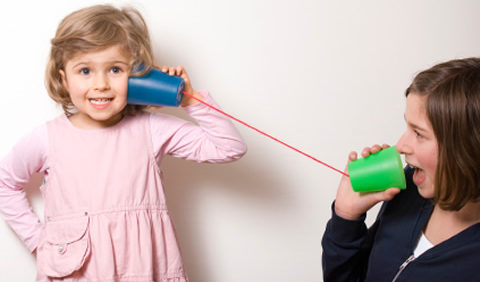
Receptive language is the understanding and comprehending of language in spoken and written form.
Receptive language is important in order for children to be able to communicate successfully.
A preschooler, for example, has by now developed the ability to understand a range of words and has developed a quite extensive vocab.
A child should be able to understand a words meaning, follow instructions, ask questions as well as identify common colours and have concepts such as size, quantity and space developed.
What is receptive language?
- A child’s listening skills.
- Ability to remember what they have heard.
- Following of instructions.
- Answering questions.
- Understanding a wide vocabulary of words.
What to do if a child lacks receptive language skills
It is a good idea to seek help to guide them on their way or help the child if needed to reach their potential.
If a child is not achieving skills within 3 months of their age range then it is recommended to seek help. Alternatively if you have a concern it is OK to check for reassurance or to obtain assistance.
Receptive language difficulties
If a child has receptive language difficulties, they may find it hard to one or more of the following:
- Identifying specific objects and pictures. They may not be able to name what things are called.
- Following instructions. This may not be a behavioural issue but rather a language delay. In this case they may benefit from gestures such as pointing to help them understand.
- Trouble answering questions. Rather than answer the question they may repeat back what is said to them rather than answering (echolalia). As they get older it may present itself as difficulty answering questions such as the ‘who, what, when, where, why?’
- Taking turns when talking with others.
- Following the content of a conversation accurately. In this case you may find that they seem to talk off topic rather than seem to be following the conversation at hand.
- Concentrating for longer periods of time, especially in situations where there is a lot of talking involved seems to be a challenge or not possible.
- It can even affect their ability to make and keep friends.
- Listen during story time.
- Processing information presented verbally, especially if it is done without visuals as they won’t be able to comprehend due to the delay.
- Waiting for an instruction to be finished may seem difficult for a child and as a result they may seem impulsive.
- Following an activity and may appear ‘lost’ as they haven’t been able to fully understand what is expected or happening.
- As they get older, they may have difficulty with reading comprehension (understanding what they have read).
- As they age, they may have difficulty in learning new concepts.
- Understanding more.
General indicators that they may not be developing at the appropriate rate and may need assistance:
- They have difficulty following directions.
- They have difficulty in answering questions.
- They don’t appear to have a developing vocab or it seems to have ‘halted’ in its development.
- If a child gives an unrelated answers or responses to questions.
- If they can not repeat statement of questions said to them that they are asked to repeat.
- They have difficulty in responding either not answering or giving an inappropriate answer.
- If they are unable to recall or listen to a story that is familiar to them.
Tips to help a child develop receptive language
- Obtain their attention before speaking.
- Encourage eye contact.
- Develop new ways to help a child understand new vocabulary such as games where they can hear the words over and over.
- If a child is having trouble following instructions break the messages into parts. By breaking down the instructions to smaller more understandable parts allows the child to succeed and helps them to develop at their pace.
- Use repetition.
- Stress the key words. For example, the BOOK is on the TABLE. This enables them to get a better understanding of the main part of the message.
- Provide enough time for the child to respond.
- Repeat if necessary.
- Remain calm. Getting frustrated and/or showing frustration is counter productive.
- Simplify it if necessary.
- Provide choice in your question so that it is also providing them with an answer rather than just the question. For example, ‘What were you doing? Were you sleeping or relaxing?” It also focuses on the question and means that it is not a simple yes/no response so at the same time promotes language.
- Take turns.
- Model.
- Encourage imitation.






